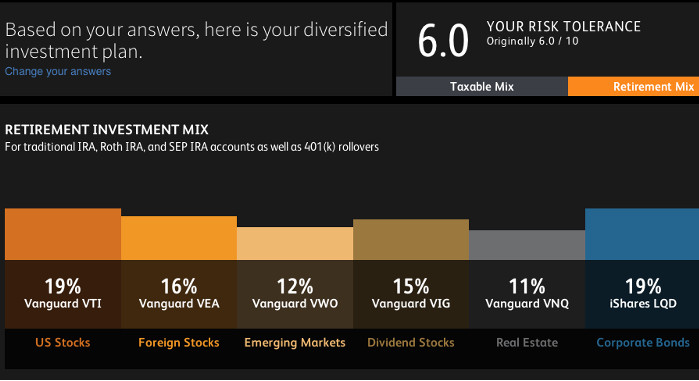Utilize Subdivision Bonds In Real Estate To Access A Realm Of Regulatory Compliance And Facilities Commitments
Utilize Subdivision Bonds In Real Estate To Access A Realm Of Regulatory Compliance And Facilities Commitments
Blog Article
Recommended Browsing By-Simonsen Roche
When it pertains to browsing the complexities of the realty market, comprehending the ins and outs of class bonds is crucial. From making sure conformity with neighborhood laws to meeting facilities commitments, these bonds hold substantial relevance in development projects. But just what are the intricate details behind class bonds and exactly how do they influence numerous stakeholders in the property industry? Let's uncover the basics that can aid you make educated choices and effectively navigate the world of subdivision bonds in real estate.
Objective of Community Bonds
Comprehending the purpose of community bonds is crucial genuine estate designers aiming to abide by regional regulations and ensure monetary duty. These bonds act as a form of assurance to regional municipalities that the essential infrastructure improvements will certainly be completed by the developer.
By publishing a subdivision bond, you're essentially guaranteeing to complete the called for public improvements, such as roadways, walkways, and utilities, within the specified timeframe.
As a developer, protecting a neighborhood bond demonstrates your commitment to meeting your obligations and securing the community's rate of interests. It supplies guarantee to the city government that the recommended community will not come to be a concern on taxpayers if the project is left incomplete. Furthermore, having a community bond in position can boost your credibility in the industry and develop trust with stakeholders.
Types of Class Bonds
Separate between the various kinds of class bonds to determine which best fits your task's demands. There are 3 main types of subdivision bonds typically used in the realty sector: Performance bonds, settlement bonds, and maintenance bonds.
Performance bonds make sure that the designer completes the subdivision based on the accepted plans and policies. If the designer fails to do so, the bond will cover the costs to finish the project. Payment bonds assure that all subcontractors and suppliers are paid for their work with the subdivision. If the programmer defaults on repayments, this bond provides financial defense to those parties. Upkeep bonds, on the other hand, ensure that the designer maintains the subdivision infrastructure for a specified duration after conclusion. This bond covers any kind of repair work or upkeep called for throughout that time.
Understanding https://www.lexology.com/library/detail.aspx?g=cfd6c422-a5a0-483d-a7f6-24a925d0ea96 in between these sorts of community bonds is important in selecting one of the most appropriate one for your details job requirements. Each kind offers an unique objective and provides different kinds of security, so it's essential to examine your project's demands carefully before choosing.
Demands for Class Bonds
To ensure compliance with laws, designers seeking neighborhood bonds have to satisfy specific demands set by regulatory authorities. These needs are essential for the effective issuance of subdivision bonds. Right here are the vital requirements you need to fulfill:
- ** Financial Security **: You have to show economic stability and the ability to cover the prices associated with the class task.
- ** Experience and Performance History **: Having prior experience in realty growth and a positive track record can raise your possibilities of getting a neighborhood bond.
- ** Conformity with Zoning Regulations **: Guaranteeing that your neighborhood plans straighten with local zoning laws and regulations is essential for bond authorization.
- ** Environmental Impact Analysis **: In many cases, you may need to carry out an environmental effect evaluation to review the job's effects on the environment and address any kind of issues.
Fulfilling these requirements is important for obtaining a community bond and moving on with your realty development project.
Conclusion
Now that you recognize the importance of neighborhood bonds in the realty market, keep in mind that they resemble a safety net for both developers and neighborhoods.
Similar to a safety harness keeps a tightrope pedestrian safe and secure, class bonds make certain that tasks are finished responsibly and in compliance with laws.
By choosing the ideal bond and meeting all requirements, you can browse the realty landscape with self-confidence and comfort.
